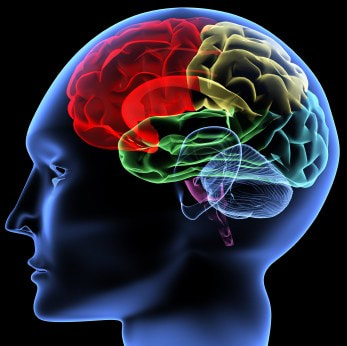|
By Kimberly Shen
Edited by Hsin-Pei Toh If I still feel the smart of my crushed leg, though it be now so long dissolved; then, why mayst thou, carpenter, feel the fiery pans of hell for ever, and without a body?” These are the words famously uttered by Herman Melville’s Captain Ahab as he bitterly reflects on the loss of his leg, emphasizing the disconnect between body and brain. Indeed, his words implicitly allude to the phantom limb phenomenon, which refers to the sensation that a missing limb is still connected to the body and moving as it normally does. Like Captain Ahab, many individuals who experience the phantom limb phenomenon can attest to the fact that although body and brain work together to create the perception of physical self, there is still sometimes a disconnect between the sensory experiences and the brain’s perceptions. Vilayanur Ramachandran, a researcher who specializes in behavioral neurology and visual psychophysics at University of California, San Diego, developed a study to delve into this mystery. One of Ramachandran’s patients complained that he was experiencing painful cramps in his phantom arm because it felt as though his phantom hand was clenched so tightly that his fingernails were digging into his palm. Although the patient was well aware that his arm had been amputated, there was still an ongoing divide between his sensory experiences and what he already knew. To treat his patient, Ramachandran put a mirror into a cardboard box and asked the patient to put his existing hand into the box, next to the mirror. Thus, when the patient looked into the box, he saw the reflection of his existing hand, which served as a visual substitution of his phantom hand. Ramachandran then instructed the patient to practice clenching and unclenching his hand while looking at the mirror and pretending that he was looking at a reflection of his phantom limb. With the help of Ramachandran’s ingenious illusion, the patient reported that the phantom sensations of pain disappeared after two weeks. The results of this study attest to the truly intricate relationship between physical and mental that contributes to the phantom limb experience, for neither physical (that the inflammation of severed nerves causes this condition) nor psychological explanation (that experiencing sensations in a phantom limb is mental denial of the fact that the limb is no longer there) alone captures the full picture. After all, the brain must merge the physical experiences of the body with the cortical map of the body, otherwise known as the mental image. Thus, as the body changes over time, the cortical map is also expected to change. However, with the phantom limb phenomenon, the cortical map fails to match the physical changes the individual has already undergone, causing the person to experience sensations in a nonexistent limb. As a result, this phenomenon ultimately raises the question: If the sensations of a limb can continue long after the limb is no longer there, where is the line between an individual’s physical self and an individual’s perception of self?
0 Comments
Leave a Reply. |
Categories
All
Archives
April 2024
|

